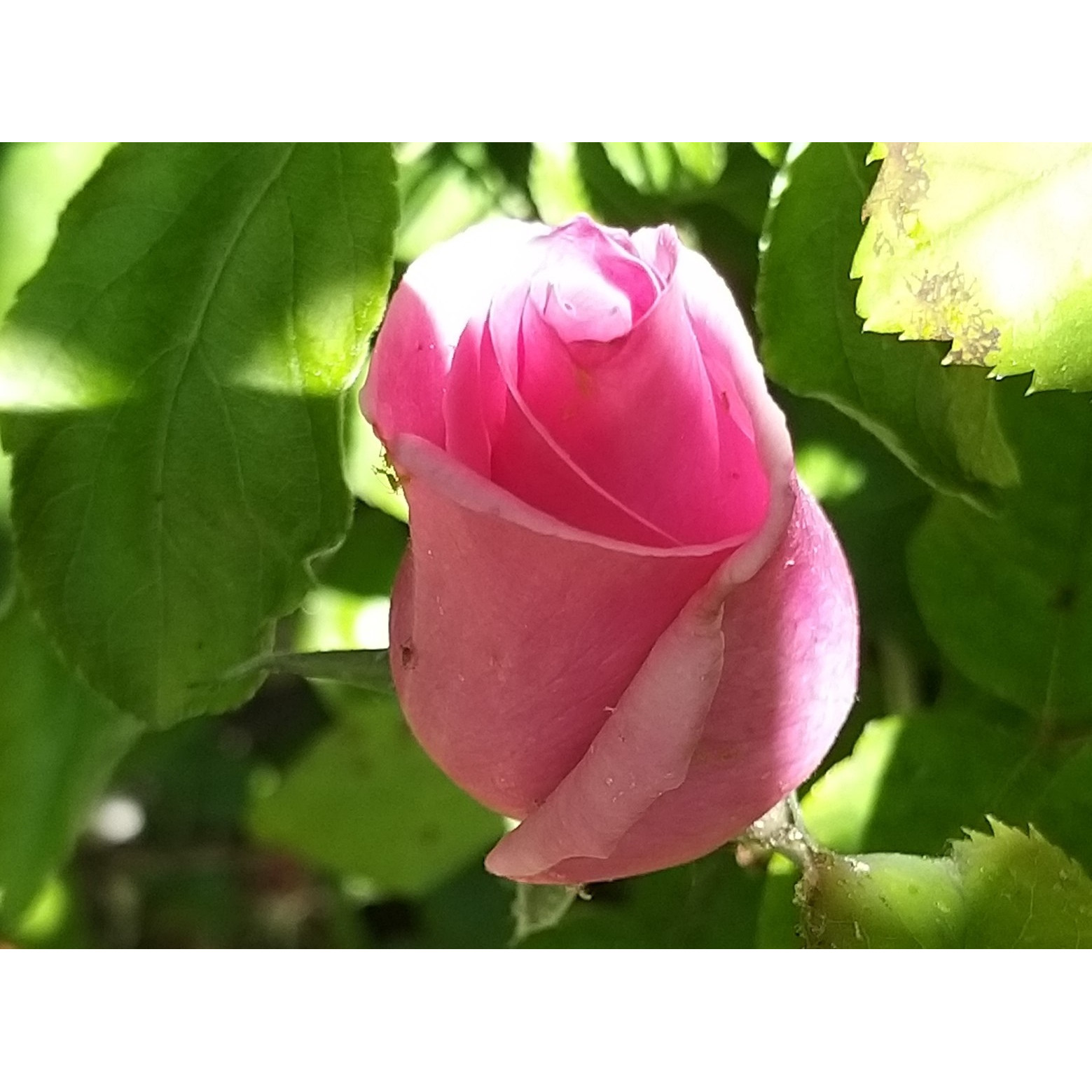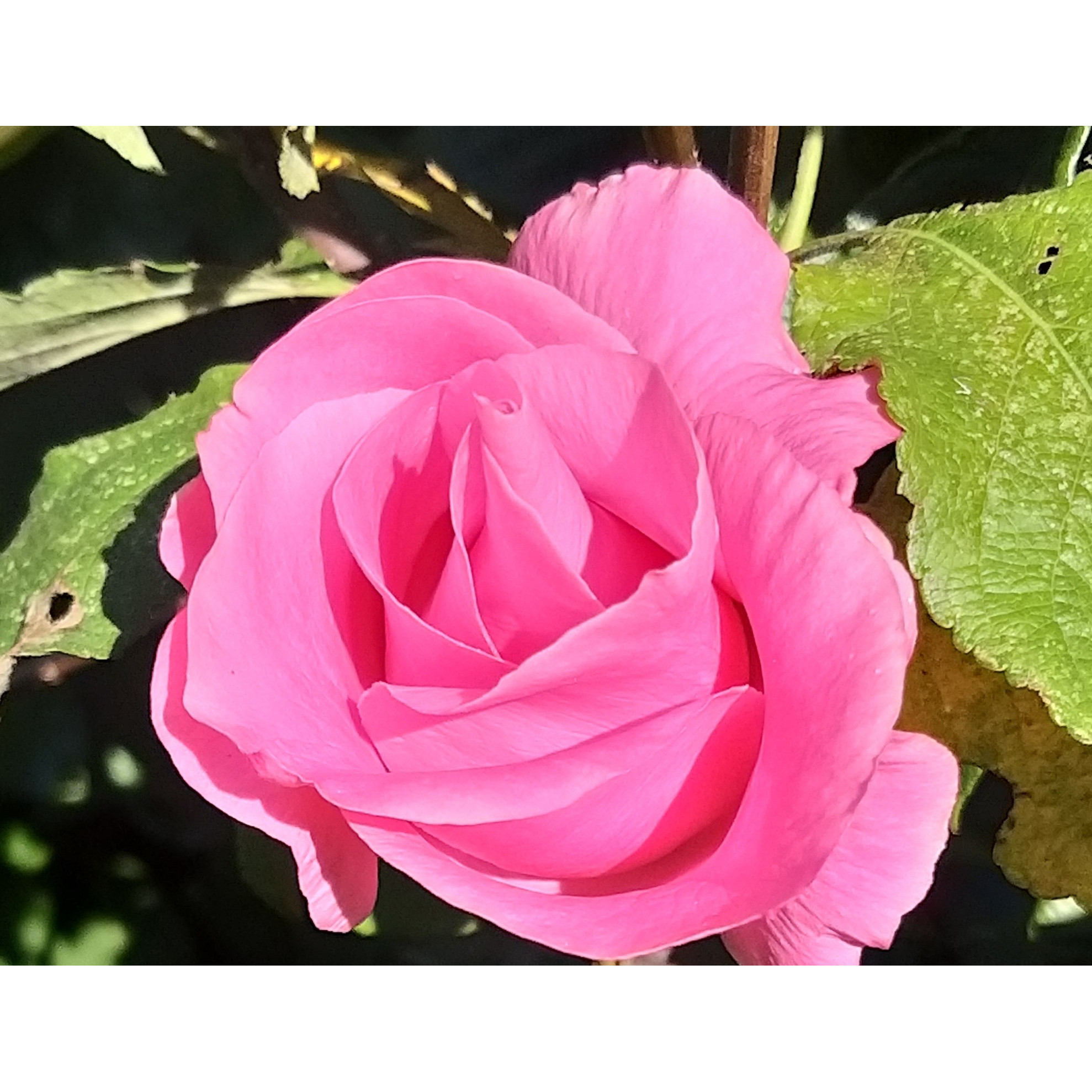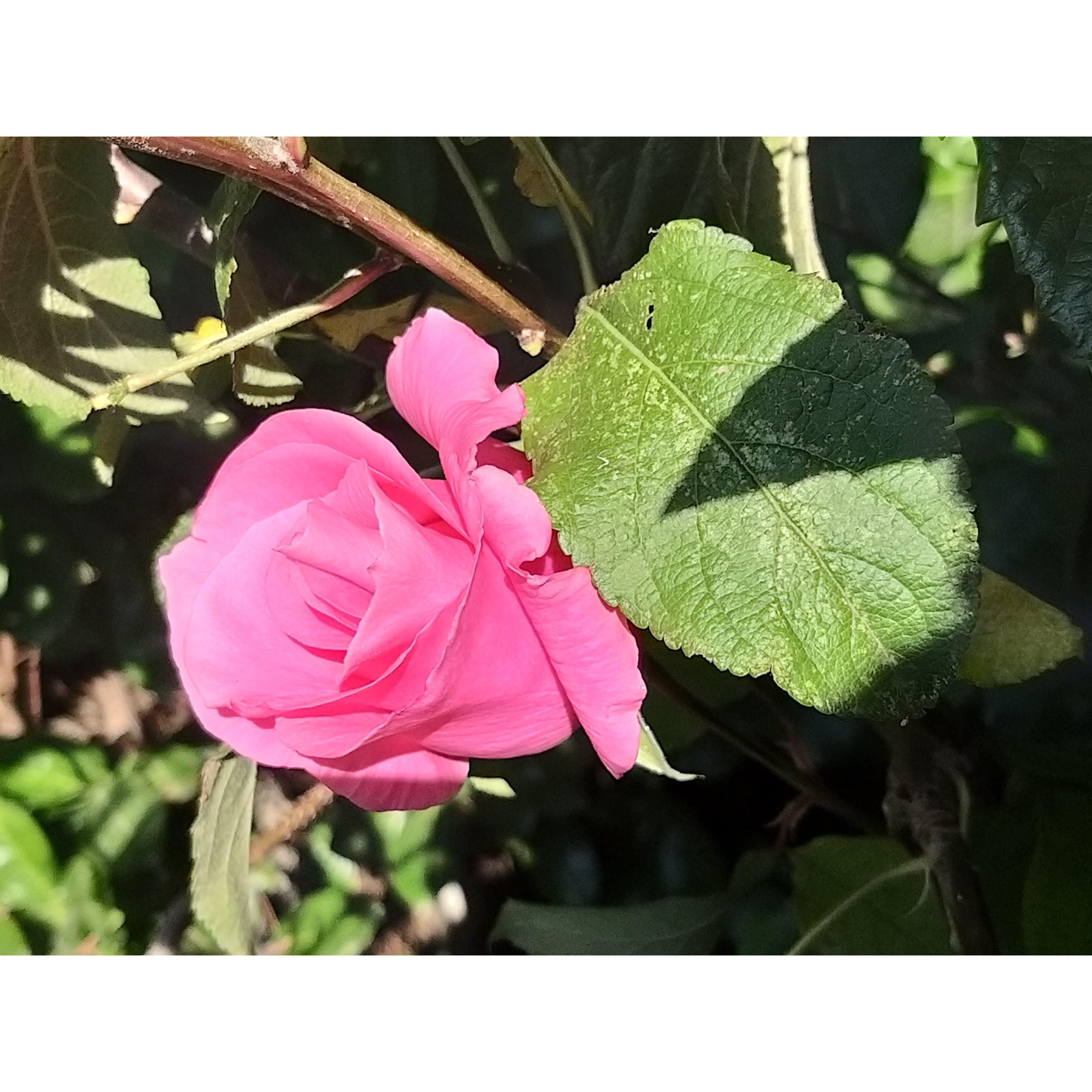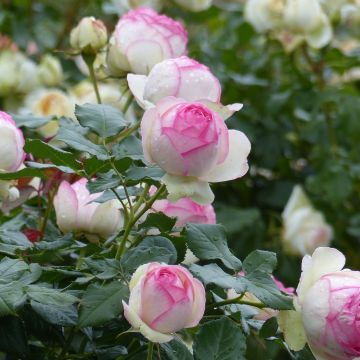

Rosa 'The McCartney Rose' - Shrub Rose


Rosa 'The McCartney Rose' - Shrub Rose


Rosa 'The McCartney Rose' - Shrub Rose


Rosa 'The McCartney Rose' - Shrub Rose
View more pictures
Hide images

Thierry P.

April flowering - picture 58 - Under the rain.
Thierry P. • 84 FR

Thierry P.

April flowering - image 55
Thierry P. • 84 FR

Thierry P.

No text to translate.
Thierry P. • 84 FR

Thierry P.

November flowering - image 50
Thierry P. • 84 FR

Thierry P.

November flowering - image 49
Thierry P. • 84 FR

Thierry P.

November flowering - image 48
Thierry P. • 84 FR

Thierry P.

November flowering - picture 47 - Alongside a "Braeburn" apple tree & a Eriobotrya japonica.
Thierry P. • 84 FR

Thierry P.

June flowering - image 44
Thierry P. • 84 FR

Thierry P.

April flowering - image 30
Thierry P. • 84 FR

Thierry P.

September flowering - image 29
Thierry P. • 84 FR

Thierry P.

September flowering - image 25
Thierry P. • 84 FR

Thierry P.

April flowering - picture 21 - With its spider.
Thierry P. • 84 FR

Thierry P.

September flowering - image 14 - The scent of the roses is strong.
Thierry P. • 84 FR

Thierry P.

No text to translate.
Thierry P. • 84 FR

Thierry P.

August flowering - image 5
Thierry P. • 84 FR
Rosa 'The McCartney Rose' - Shrub Rose
Rosa The McCartney Rose® Meizeli
Meizeli
Rosebush with beautiful roots and well-developed branches.
VÉRONIQUE , 06/03/2025
Special offer!
Receive a €20 voucher for any order over €90 (excluding delivery costs, credit notes, and plastic-free options)!
1- Add your favorite plants to your cart.
2- Once you have reached €90, confirm your order (you can even choose the delivery date!).
3- As soon as your order is shipped, you will receive an email containing your voucher code, valid for 3 months (90 days).
Your voucher is unique and can only be used once, for any order with a minimum value of €20, excluding delivery costs.
Can be combined with other current offers, non-divisible and non-refundable.
Home or relay delivery (depending on size and destination)
Schedule delivery date,
and select date in basket
We guarantee the quality of our plants for a full growing cycle, and will replace at our expense any plant that fails to recover under normal climatic and planting conditions.
Description
'The McCartney Rose' is undoubtedly not the most awarded variety in Meilland's history. This rose stands out first and foremost for its intense fragrance reminiscent of the beautiful Rosa centifolia, sweet and lemony, a fragrant veil that diffuses far and wide. The flower style is resolutely modern, with an unquestionable elegance. The intense and bright colour radiates the petals with deep Indian pink, doubled with light amaranth red. This variety forms a beautiful bush, flowering almost continuously for 4 to 5 months and adorned with well-furnished, particularly decorative foliage. All these qualities justify an impressive list of awards, guaranteeing a formidable presence in the garden.
'The McCartney Rose' or 'Meizeli' is a modern shrub rose related to Tea hybrid roses, introduced in France in 1988 by Meilland. The list of awards obtained by this rose is long and prestigious: we can mention gold medals in Monza, Geneva, The Hague, and Le Roeulx..., as well as high distinctions for its fragrance. This beautiful bush with a bushy and erect habit reaches about 1m (3ft), 10cm (4in) in height, and 70cm (28in) in width at maturity, with moderate growth, but can reach a height of 1m (3ft) 80cm (32in) in good conditions and with long pruning in late winter. It produces strong branches, which carry elegant, semi-matte, dark green foliage, sometimes sensitive to marsonia in humid climates. Throughout the summer, with beautiful regularity, if faded flowers are removed, its large flowers, typical of hybrid teas, composed of 20 to 25 petals, measuring 12cm (5in) in diameter, open majestically. They are solitary, carried at the end of long shoots from the current year or emerging from 2-year-old stems. While they hold up well on the bush, these roses are somewhat disappointing in a vase.
This modern rose, 'The McCartney Rose', with its fragrance, the chic appearance of its flowers and its beautiful floribundity, is ideal in a large rose bed or as a solitary plant in a well-tended garden. It adapts to all soils that are not too dry and all climates, tolerating both rain and heat, which allows it to be planted anywhere, even at medium altitudes. It pairs perfectly with pale pink roses like 'Prince Jardinier', white roses like 'Fée des neiges', or purple roses like 'Papa Meilland', 'Edith Piaf', and pretty easy-to-grow perennials like 'Biokovo', 'Sanne', or 'White zigana' geraniums, campanulas (lactiflora, rapunculoides), catmints, snapdragons, foxgloves...
Rosa 'The McCartney Rose' - Shrub Rose in pictures




Plant habit
Flowering
Foliage
Botanical data
Rosa
The McCartney Rose® Meizeli
Rosaceae
Meizeli
Cultivar or hybrid
Rosa canina Laxa (Wrapped bare root, 4L/5L pot)
Planting and care
Plant 'The McCartney Rose' in a sunny or lightly shaded position. Modern roses are tolerant but do not appreciate excessive limestone. They will adapt to any garden if the soil is well-worked, not too heavy, and sufficiently rich. To plant your rose, work the soil by crumbling it and put an amendment at the bottom of the planting hole, such as blood, fish and bone. Water generously after planting to remove any air pockets. Water regularly for a few weeks to facilitate rooting.
Roses often have stains or may look unsightly towards the end of summer. However, this is not a problem for their development. These stains are natural and do not harm the rose.
Planting period
Intended location
Care
Planting & care advice
-
, onOrder confirmed
Reply from on Promesse de fleurs
Similar products
Haven't found what you were looking for?
Hardiness is the lowest winter temperature a plant can endure without suffering serious damage or even dying. However, hardiness is affected by location (a sheltered area, such as a patio), protection (winter cover) and soil type (hardiness is improved by well-drained soil).

Photo Sharing Terms & Conditions
In order to encourage gardeners to interact and share their experiences, Promesse de fleurs offers various media enabling content to be uploaded onto its Site - in particular via the ‘Photo sharing’ module.
The User agrees to refrain from:
- Posting any content that is illegal, prejudicial, insulting, racist, inciteful to hatred, revisionist, contrary to public decency, that infringes on privacy or on the privacy rights of third parties, in particular the publicity rights of persons and goods, intellectual property rights, or the right to privacy.
- Submitting content on behalf of a third party;
- Impersonate the identity of a third party and/or publish any personal information about a third party;
In general, the User undertakes to refrain from any unethical behaviour.
All Content (in particular text, comments, files, images, photos, videos, creative works, etc.), which may be subject to property or intellectual property rights, image or other private rights, shall remain the property of the User, subject to the limited rights granted by the terms of the licence granted by Promesse de fleurs as stated below. Users are at liberty to publish or not to publish such Content on the Site, notably via the ‘Photo Sharing’ facility, and accept that this Content shall be made public and freely accessible, notably on the Internet.
Users further acknowledge, undertake to have ,and guarantee that they hold all necessary rights and permissions to publish such material on the Site, in particular with regard to the legislation in force pertaining to any privacy, property, intellectual property, image, or contractual rights, or rights of any other nature. By publishing such Content on the Site, Users acknowledge accepting full liability as publishers of the Content within the meaning of the law, and grant Promesse de fleurs, free of charge, an inclusive, worldwide licence for the said Content for the entire duration of its publication, including all reproduction, representation, up/downloading, displaying, performing, transmission, and storage rights.
Users also grant permission for their name to be linked to the Content and accept that this link may not always be made available.
By engaging in posting material, Users consent to their Content becoming automatically accessible on the Internet, in particular on other sites and/or blogs and/or web pages of the Promesse de fleurs site, including in particular social pages and the Promesse de fleurs catalogue.
Users may secure the removal of entrusted content free of charge by issuing a simple request via our contact form.
The flowering period indicated on our website applies to countries and regions located in USDA zone 8 (France, the United Kingdom, Ireland, the Netherlands, etc.)
It will vary according to where you live:
- In zones 9 to 10 (Italy, Spain, Greece, etc.), flowering will occur about 2 to 4 weeks earlier.
- In zones 6 to 7 (Germany, Poland, Slovenia, and lower mountainous regions), flowering will be delayed by 2 to 3 weeks.
- In zone 5 (Central Europe, Scandinavia), blooming will be delayed by 3 to 5 weeks.
In temperate climates, pruning of spring-flowering shrubs (forsythia, spireas, etc.) should be done just after flowering.
Pruning of summer-flowering shrubs (Indian Lilac, Perovskia, etc.) can be done in winter or spring.
In cold regions as well as with frost-sensitive plants, avoid pruning too early when severe frosts may still occur.
The planting period indicated on our website applies to countries and regions located in USDA zone 8 (France, United Kingdom, Ireland, Netherlands).
It will vary according to where you live:
- In Mediterranean zones (Marseille, Madrid, Milan, etc.), autumn and winter are the best planting periods.
- In continental zones (Strasbourg, Munich, Vienna, etc.), delay planting by 2 to 3 weeks in spring and bring it forward by 2 to 4 weeks in autumn.
- In mountainous regions (the Alps, Pyrenees, Carpathians, etc.), it is best to plant in late spring (May-June) or late summer (August-September).
The harvesting period indicated on our website applies to countries and regions in USDA zone 8 (France, England, Ireland, the Netherlands).
In colder areas (Scandinavia, Poland, Austria...) fruit and vegetable harvests are likely to be delayed by 3-4 weeks.
In warmer areas (Italy, Spain, Greece, etc.), harvesting will probably take place earlier, depending on weather conditions.
The sowing periods indicated on our website apply to countries and regions within USDA Zone 8 (France, UK, Ireland, Netherlands).
In colder areas (Scandinavia, Poland, Austria...), delay any outdoor sowing by 3-4 weeks, or sow under glass.
In warmer climes (Italy, Spain, Greece, etc.), bring outdoor sowing forward by a few weeks.

















































